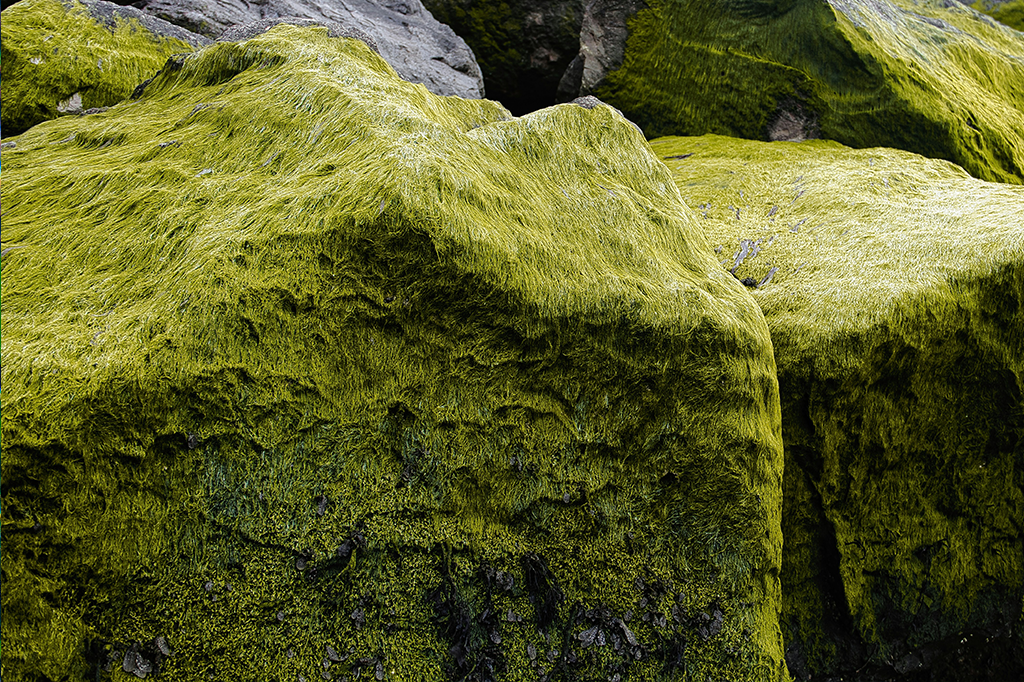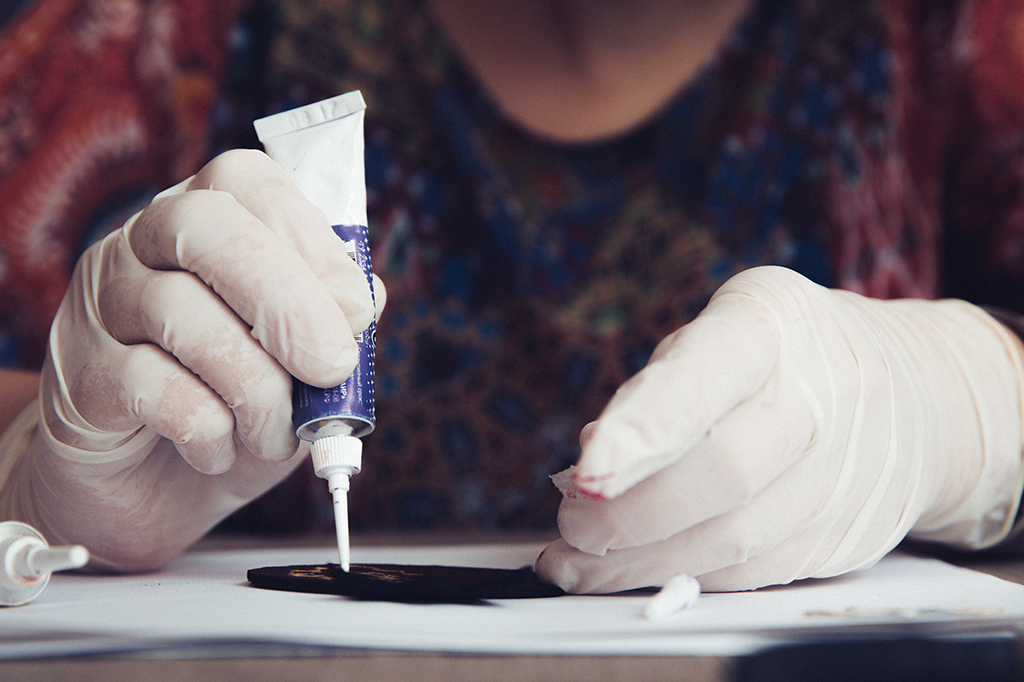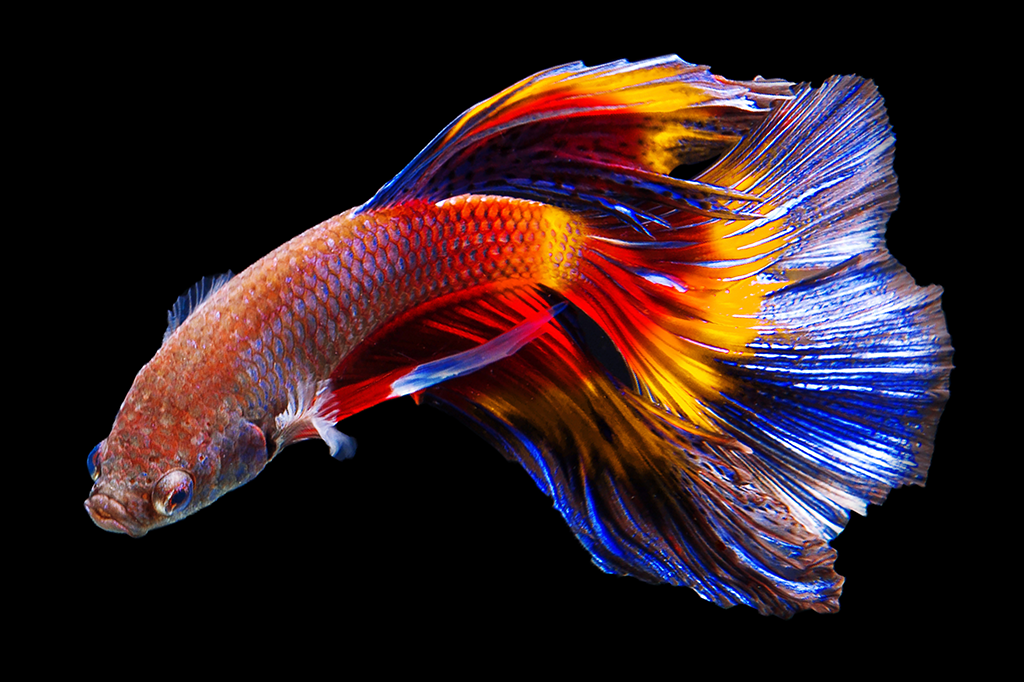In this blog post, we will delve into the world of nano aquariums, a unique subset of aquascaping that focuses on small-scale environments.
What is a Nano Aquarium?
A nano aquarium is a small aquarium, typically less than 30 liters in capacity. Despite their small size, nano aquariums can be a stunning showcase of aquascaping artistry. They are perfect for hobbyists who have limited space or those who want to focus on the intricate details of aquascaping.
Why Choose a Nano Aquarium for Aquascaping?
The charm of a nano aquarium lies in its compact size and the challenge it presents. With less space to work with, every element in the aquarium must be carefully chosen and meticulously placed. This constraint can lead to incredibly creative and beautiful aquascapes.
Essential Elements of a Nano Aquascape
1. Substrate
The substrate is the foundation of your aquascape. It not only contributes to the visual appeal but also plays a crucial role in plant growth. In nano aquascapes, fine-grained substrates are often preferred as they make the scale seem larger than it is. The substrate can also influence the water chemistry in your tank. For example, certain substrates can lower the pH, making the water more acidic, which can be beneficial for certain plant and fish species.
2. Hardscape
The hardscape includes rocks, driftwood, and other non-living elements. These elements provide structure and create visual interest in the aquascape. In a nano aquarium, it’s crucial to choose hardscape materials that won’t overwhelm the small space. The hardscape should be arranged in a way that guides the viewer’s eye through the aquascape and creates a sense of depth and perspective.
3. Plants
Choosing the right plants is crucial for a successful nano aquascape. Small or slow-growing plants are typically used to maintain scale. Some popular choices include Anubias nana, a small, hardy plant that can be attached to rocks or driftwood; Java moss, which can form lush, green carpets; and dwarf hairgrass, which can create a grassy meadow effect. It’s important to consider the lighting and nutrient requirements of the plants you choose.
4. Lighting
Lighting is crucial for maintaining plant health and bringing out the colors in your fish and plants. In a nano aquarium, LED lights are often used due to their efficiency and the small amount of heat they produce. The intensity and color spectrum of the light can greatly affect how your aquascape looks, so it’s worth investing in a good quality aquarium light.
5. Livestock
When it comes to choosing livestock for a nano aquarium, small, peaceful fish and invertebrates are the best choices. Some popular choices include shrimp, which are excellent cleaners and come in a variety of vibrant colors; small snails, which can help control algae; and nano fish species like celestial pearl danios or ember tetras, which add movement and color to the tank. It’s important to research the needs and behavior of any livestock you choose to ensure they are suitable for a nano aquarium.

Compact size meets the needs of different scenarios, especially for aquarists with limited space at home.
Tips for Successful Nano Aquascaping
- Less is More: In a small space, it’s easy for the aquascape to look cluttered. Stick to a few key elements for a clean, minimalist look. This also makes maintenance easier.
- Scale is Key: Choose plants and hardscape materials that are proportionate to the size of the aquarium. This helps maintain the illusion of a larger landscape.
- Maintenance: Regular maintenance is crucial in a nano aquarium due to the small volume of water. This includes regular water changes, trimming of plants, and monitoring of water parameters.
In conclusion, nano aquascaping is a rewarding hobby that combines artistry, nature, and a love for aquatic life. With patience, creativity, and the right materials, you can create a beautiful underwater landscape in your own home. Happy aquascaping!





Leave a Reply